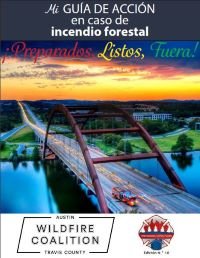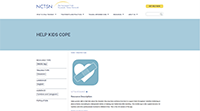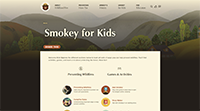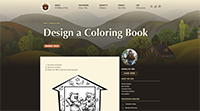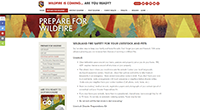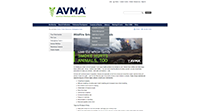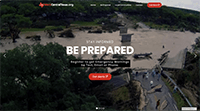Before a fire
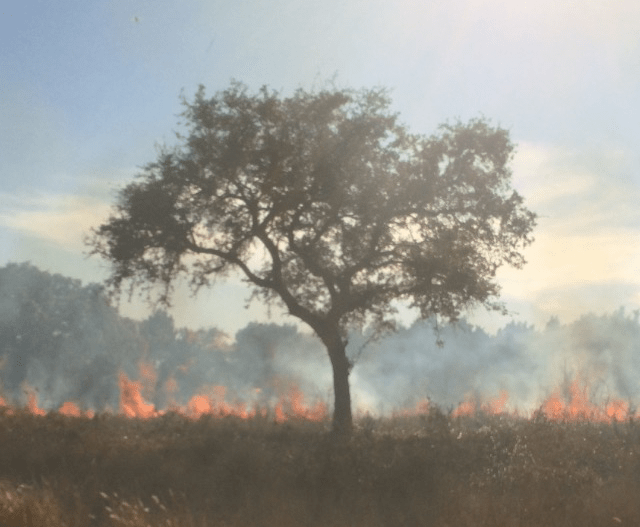 Fire burning in a field
Fire burning in a field 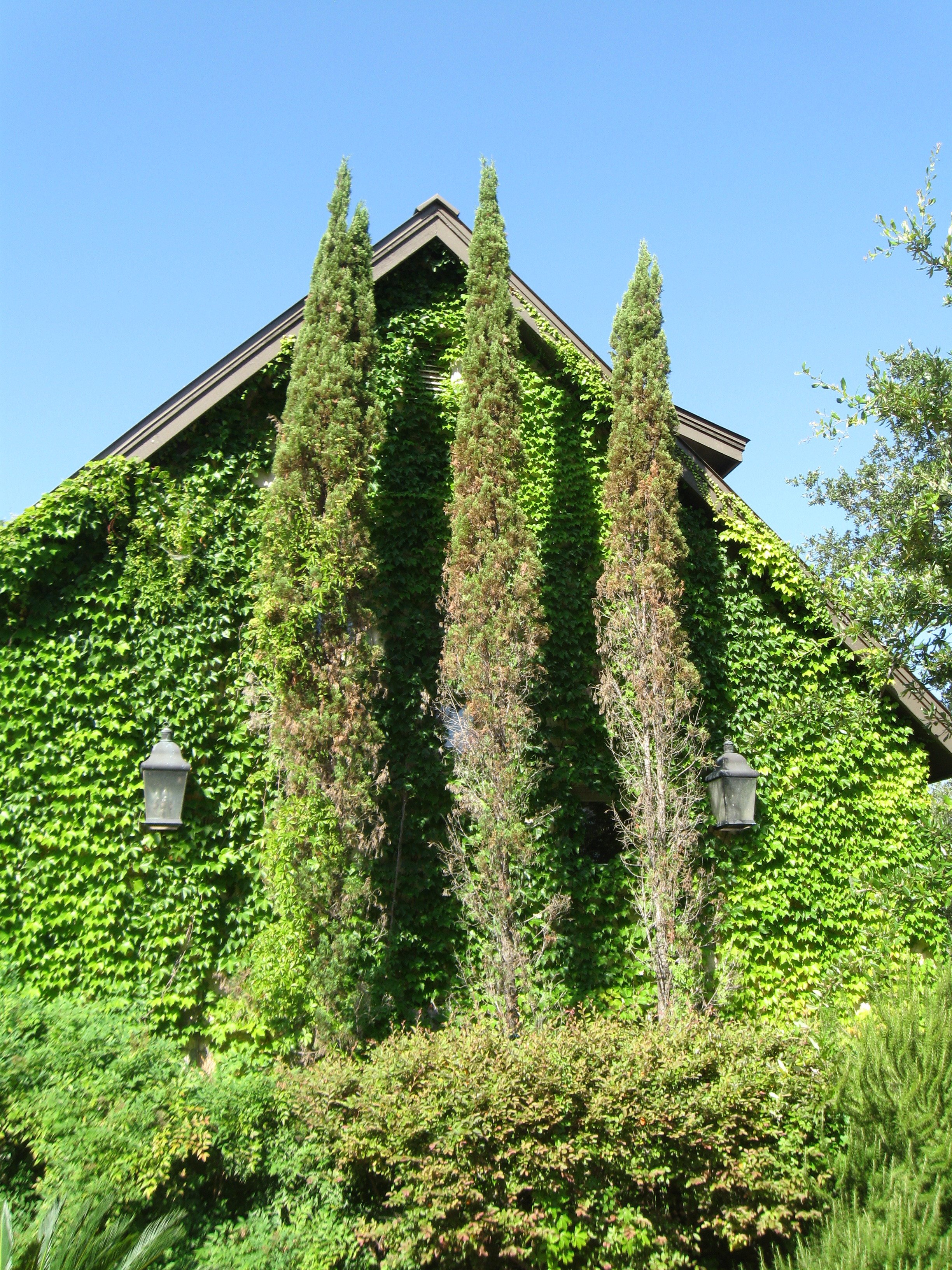 “Ladder fuels” climbing up a home increase fire risk
“Ladder fuels” climbing up a home increase fire risk
Although weather conditions will change, there are ways to assess your general wildfire risk based on the local landscape and your location in the interface. The Travis County Wildfire Hazards map is meant to help you assess your relative risk, taking into consideration variables such as potential fire behavior, response complexity, and slope around your home.
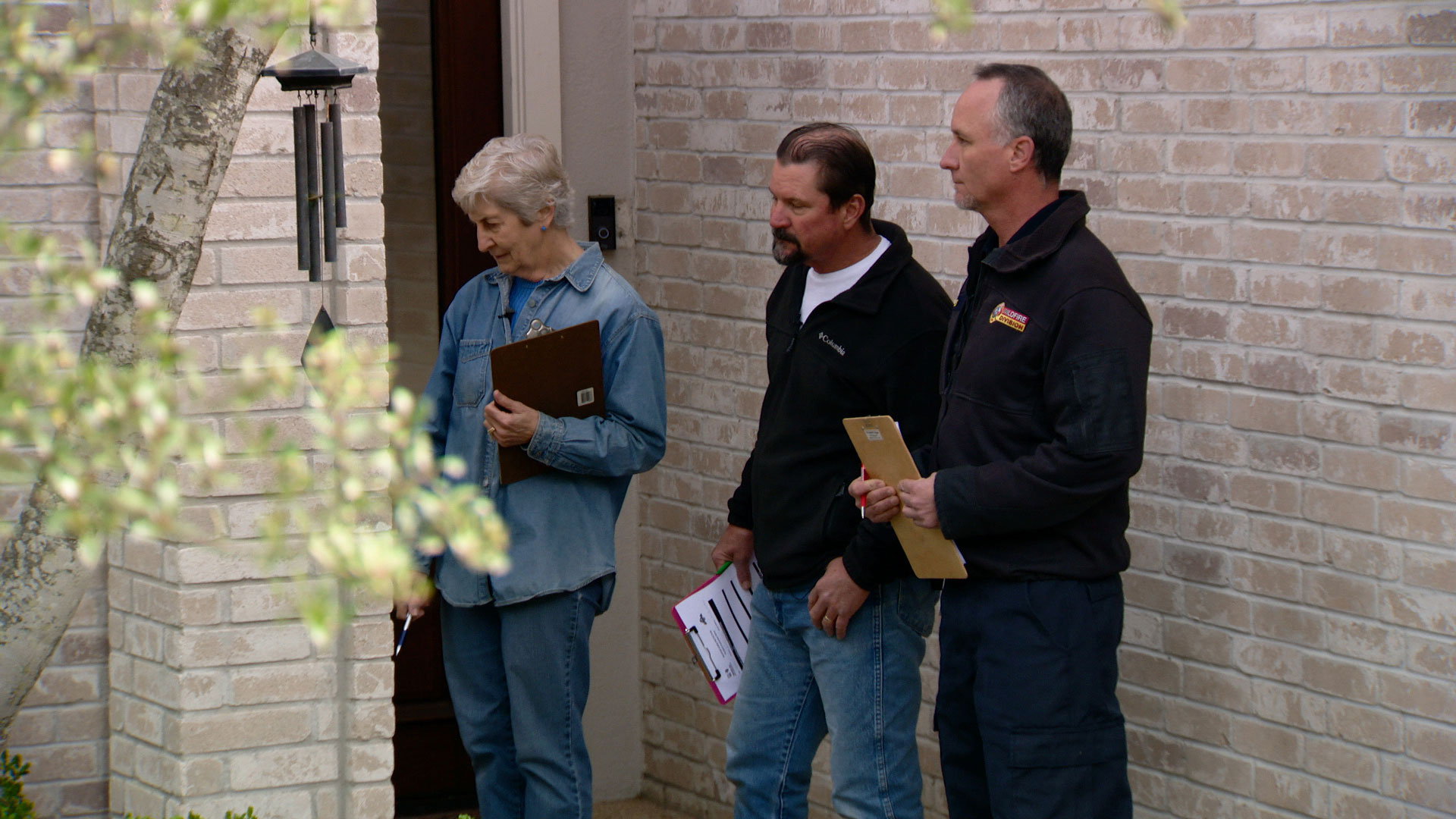 Local residents and members from the Austin Fire Department’s Wildfire Division
Local residents and members from the Austin Fire Department’s Wildfire Division
Would you like to take your assessment one step further? Have a professional come to your neighborhood by contacting your local fire department for a neighborhood wildfire risk assessment.
Be Ready
It's important to take personal responsibility for your property and prepare long before the threat of a wildland fire so your home is ready in case of a fire.
Did you know the greatest threat to your home during a wildfire is a traveling ember? These fire-starters can travel up to one mile from their origination point
Use fire-resistant landscaping and harden your home with fire resistant construction measures.
Assemble emergency supplies and belongings in a safe place. Plan escape routes and make sure everyone in your home knows what to do and when to go
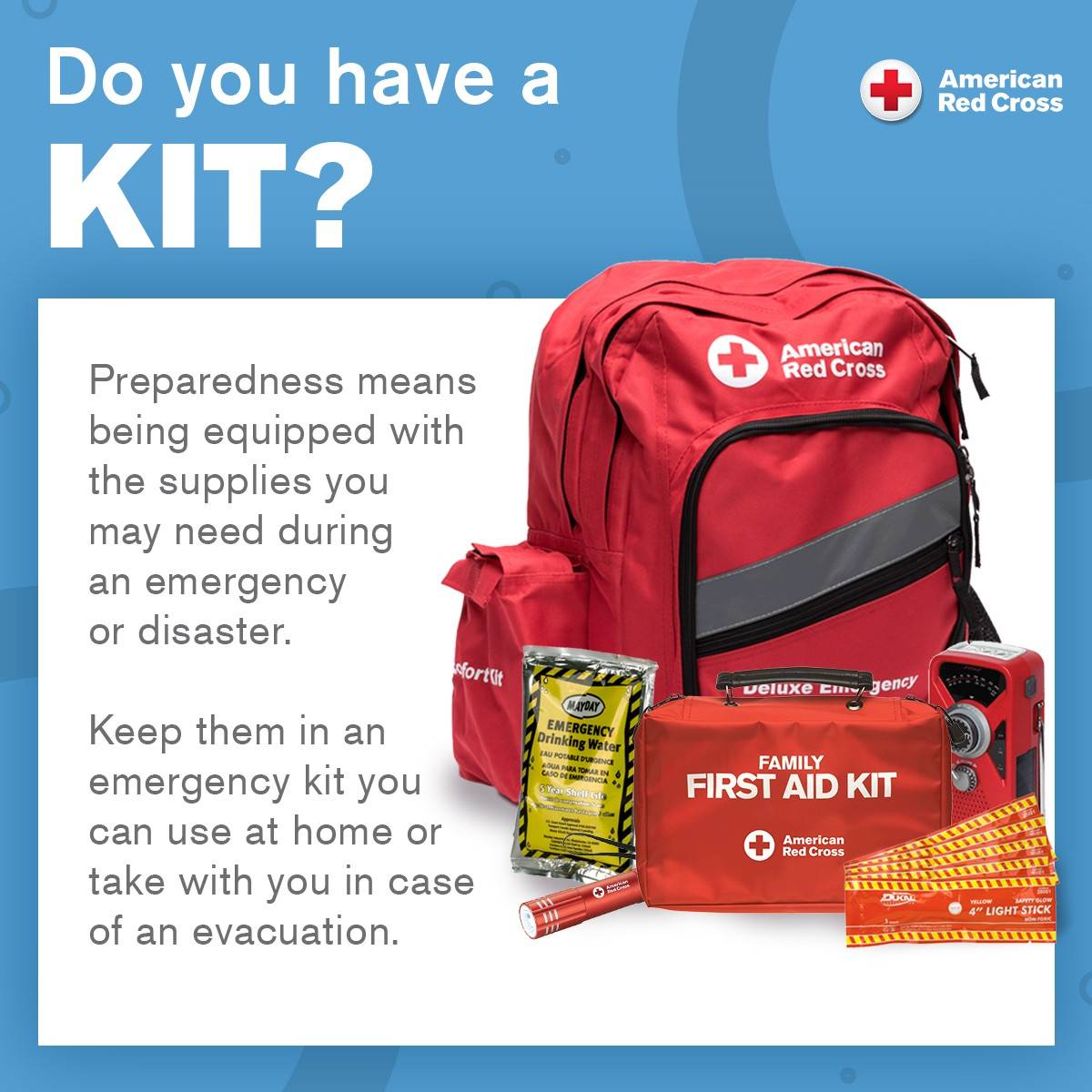 Take the quiz to find out if you are ready and what you need to make a complete kit
Take the quiz to find out if you are ready and what you need to make a complete kit
For specific instructions on how to complete these steps, visit your Personal WildFire Action Guide.
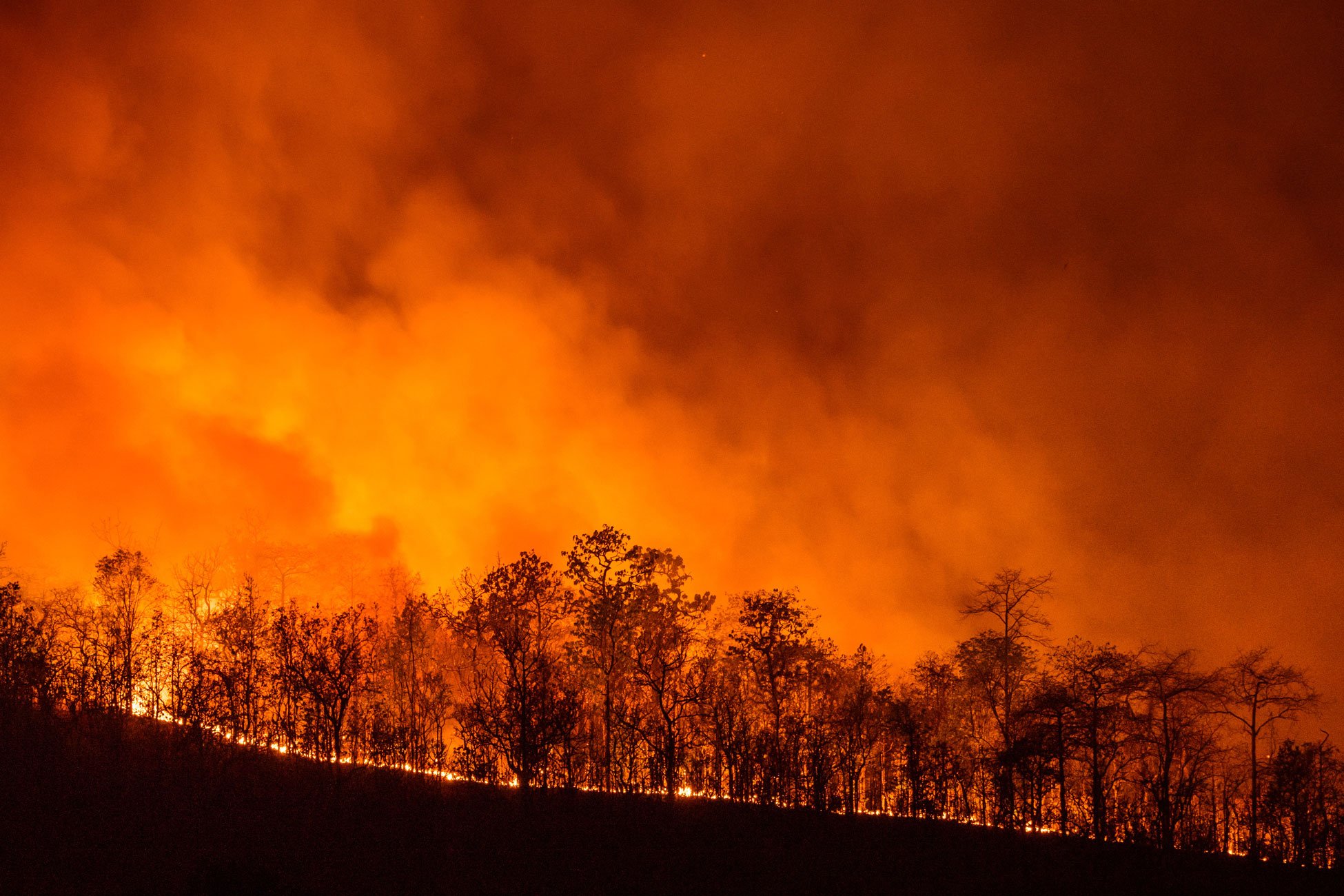 Wildfire lighting up the night sky
Wildfire lighting up the night sky
Make sure everyone in your family is prepared. Fire preparedness is everyone's responsibility, including your kids’! Use the Ready, Set, Go! wildfire readiness guide for Fire Adapted Families activity handbook to talk about to your kids about wildfire preparedness.
The highly rated "Help Kids Cope" app produced by the National Child Traumatic Stress Network helps parents talk to their children about 10 different types of disasters and includes tailored information for preschool, school-age, and adolescent children.
And, always remember Smokey Bear has a lot to teach us about wildfire, too! The Smokey website has resources for learning about fire as well as downloadable coloring books!
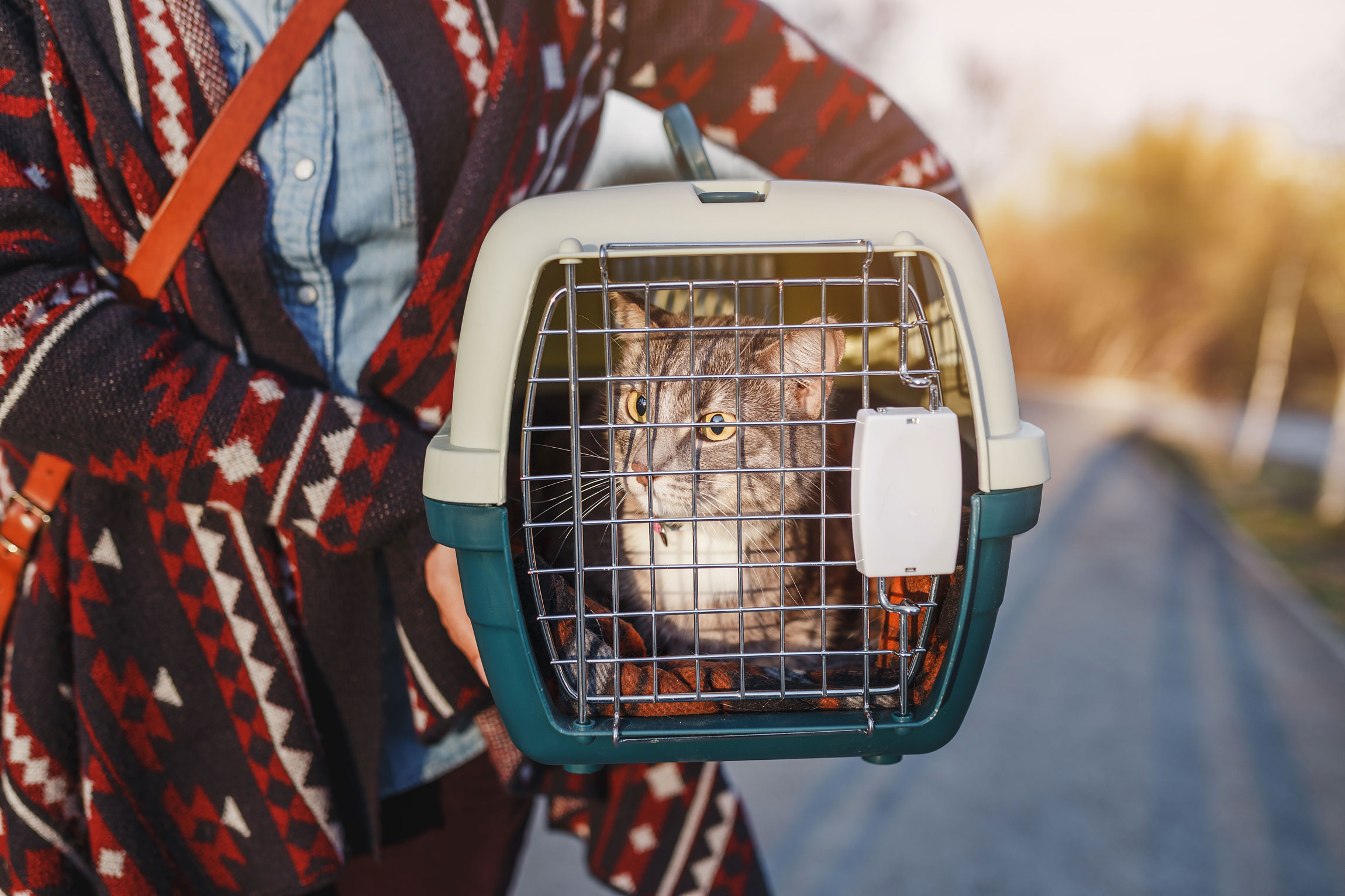 Don’t forget your pet’s safety too!
Don’t forget your pet’s safety too! 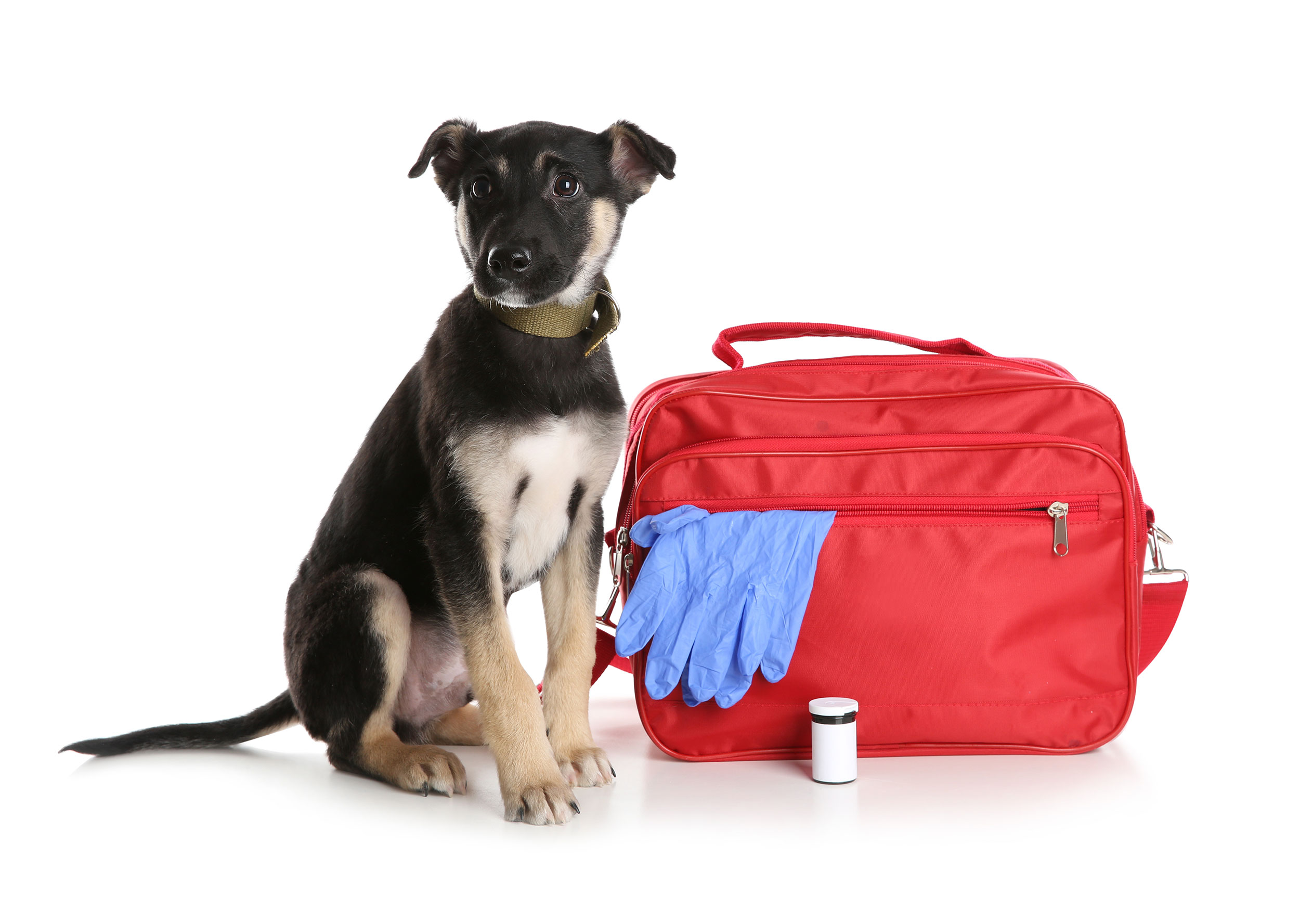 Be sure to have a plan for your pets
Be sure to have a plan for your pets
During an emergency is not the time to start thinking about how your pets will be evacuated, where they will go, who is bringing their medication, etc. Learn how to make a plan for your pets, including how to make a pet disaster preparedness kit! Remember that pets are especially susceptible to smoke inhalation and health-related problems
During a Fire
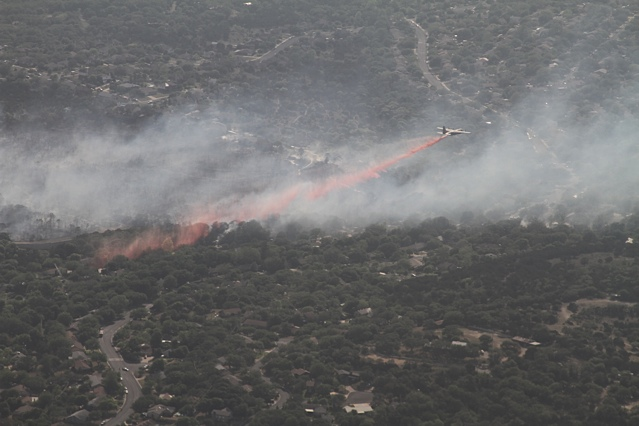 Airplane dropping fire retardant during the 2011 fires
Airplane dropping fire retardant during the 2011 fires
Stay Alert and Evacuate Safely
Watch for notifications from Warn Central Texas and tune in to local media sources.
Evacuate safely
Follow evacuation orders and do not return until instructed!
Your personal wildland fire action plan will not only keep you safe, but also help firefighters combat the fire effectively
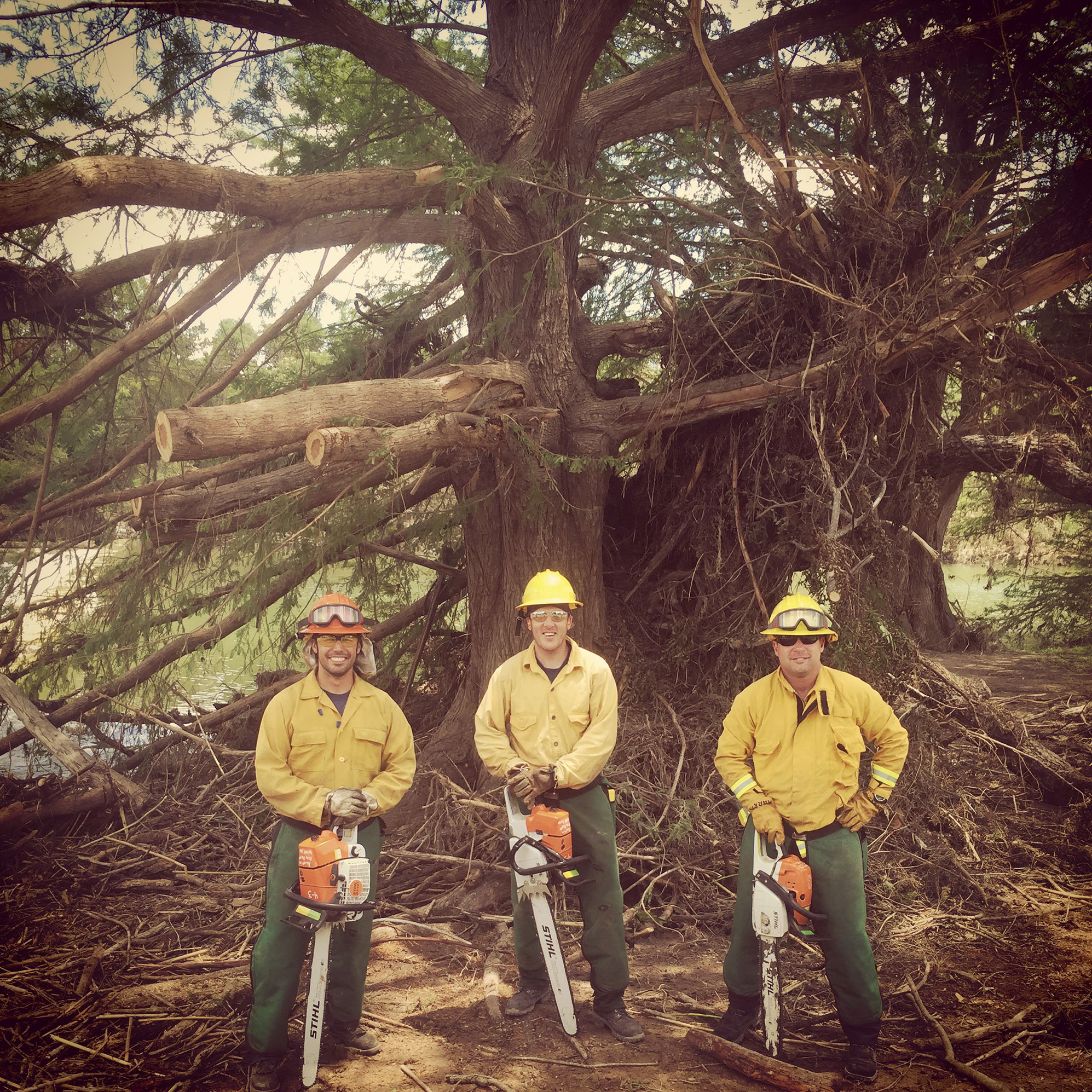 Wildland firefighters from Austin work to clear downed trees in California to decrease fire risk. Photo credit: Randy Denzer, Austin Fire Department
Wildland firefighters from Austin work to clear downed trees in California to decrease fire risk. Photo credit: Randy Denzer, Austin Fire DepartmentAfter a Fire
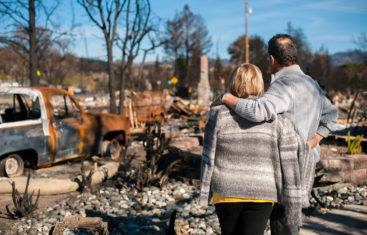 Surveying the damage
Surveying the damage
Return Home Safely
- Even if you don't see smoke in the air, it may not be safe to return home. What should you do after a wildfire?
- Check with fire officials before attempting to return to your home and follow their specific instructions!
- Once you are allowed to return, always use caution when re-entering a burned area - flare ups can occur.
- Be sure to check the ground for hot spots, smoldering stumps, and vegetation.
- Avoid downed power lines.
- Walk around your property and particularly around the perimeter of your home. Look for smoke or embers and if you see any, call your fire department.
- Document the damage to your home with photographs and contact your insurance company.
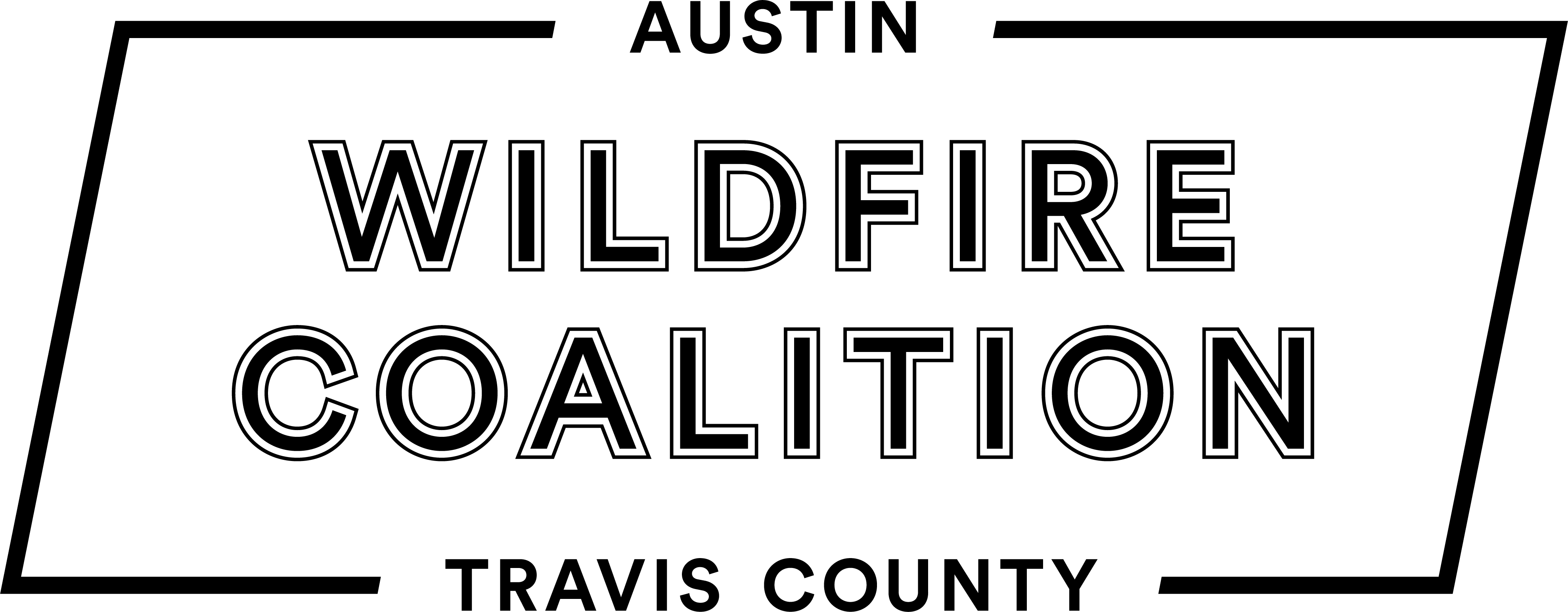
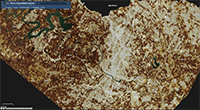
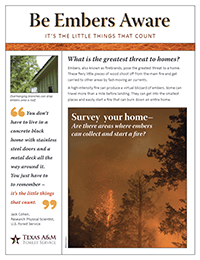
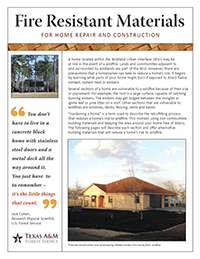
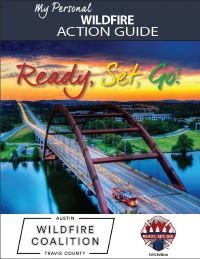 My
My 